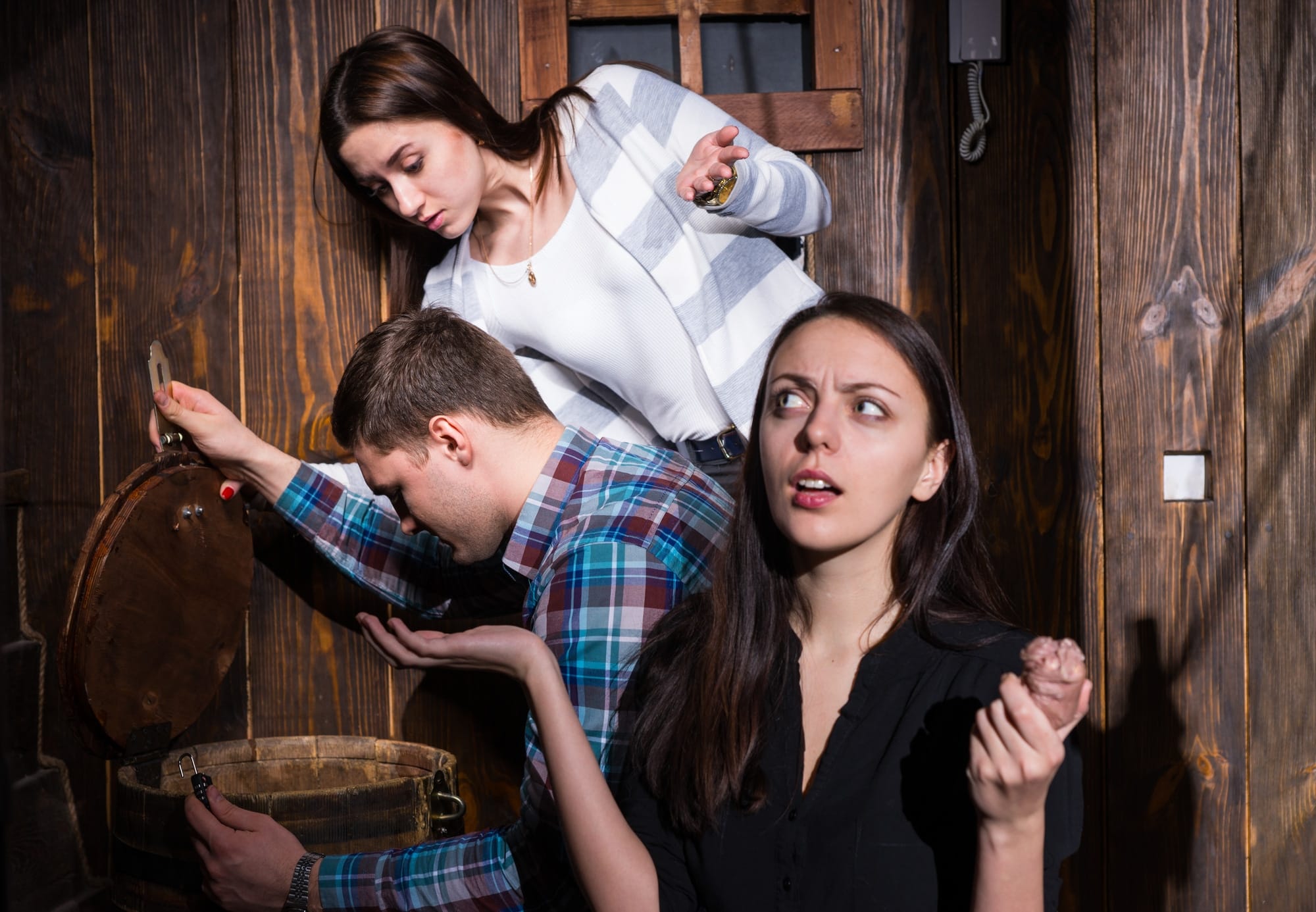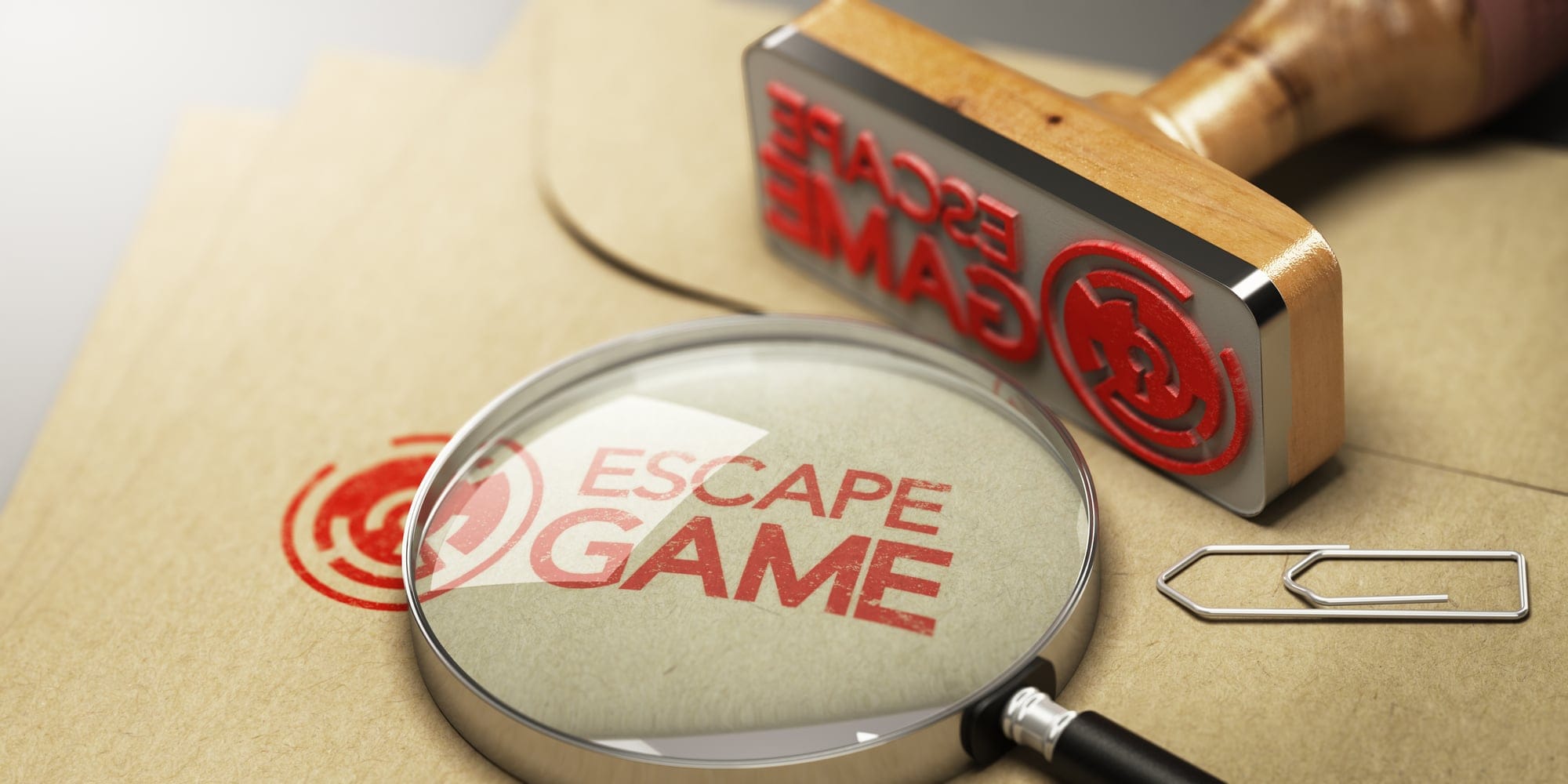PESTLE analysis of escape rooms shows how some of PESTLE factors influence the success of escape rooms and one that doesn’t play too much of a role at all.
Escape rooms have slowly infiltrated the American market. Although they’re not necessarily new — some say the first escape room appeared in the 1700s — the popularity of these rooms has skyrocketed over the last three or four years. Now brands are hosting escape rooms, creating championships, and getting employees involved.
Escape rooms aren’t just an enjoyable pastime — they’re a business too. And like any business, this one is still affected by primary influences.
In this PESTLE analysis of escape rooms, you’ll see just how some of these factors greatly influence the success of escape rooms... and one that doesn’t play too much of a role at all.
Political factors: Escape Rooms Free from Distractions
The escape room industry doesn’t face any open political issues. This activity is still relatively new in its popularity. It’s used as a form of entertainment or a corporate bonding activity between employees. Any company can create an escape room without much political fuss.
Economic factors: A booming industry in the United States
The popularity of escape rooms has skyrocketed over the last few years. In 2014, there were only 22 escape rooms in the United States. In 2017, the number has now reached 2300 rooms, and seems to be rising.
The average cost of this activity is $30 USD. The businesses supplying these rooms received over $250,000 in booking revenue in 2017. The average monthly revenue is a little over $19,000.
The majority of participants book the rooms via the computer, but more are using mobile apps for reservations. People able to easily book reservations on the go has helped this industry prosper.
With that said, people do still book either in-person or by calling the business. These methods brought in the most sales in 2017 (compared to desktop, website, or mobile bookings).
Over half of the bookings happen after regular business hours. Companies must have multiple options to book the escape room (such as a mobile app or website) or risk losing business.
If, for whatever reason, the company must focus on choosing between a mobile app or website for bookings, they should choose a website. Over 70% of reservations happen through websites. In comparison, mobile reservations bring in around 53%. Both are popular methods and should be included if possible.
As for when most people book escape rooms, Fridays and Saturdays are the most popular days. More than 29% of bookings happen on these days. Sundays are the busiest for when rooms are played, but the slowest for bookings. It makes sense — most people want to play on the weekend when they’re free but aren’t necessarily thinking about playing until the weekend hits.

Sociocultural factors: More than a fun activity, used by big brands
Escape Rooms are a booming business in the United States. Although it first started out as a fun activity for friends and family, it’s also a method for team building between corporate workers.
Even big brands like Red Bull are involved. Red Bull hosts a worldwide championship for escape room enthusiasts. HBO and Ford have created multiple escape rooms as promotion tools. There’s even a movie based on the concept (uniquely called “Escape Room”. A sequel is headed our way sometime this year.)
For many, the room isn’t the important part. Rather, having the chance to hang out with friends and family, without the distraction of the outside world, is what makes this activity enjoyable. It forces people to interact for a set time, which is harder to do with the internet and phones always at our fingertips. This is a social activity, and based on the rising revenue each year, people are loving it.
Technological factors: A variety of tools to choose from
Escape rooms have the option to use a variety of hi-technology, or very little. It often depends on the room. If you’re in a pirate-themed escape room, you wouldn’t want to find a watch on the floor. It takes you out of the immersion. But it’s common to see some sort of padlock or alphanumeric combo locks, regardless of the theme.
Some companies will use videos to introduce players to the theme. Others will have a person explain the situation. But companies hand the players an iPad and tell them to get started. It all just depends on the location.
It’s common for all escape room locations to watch players on surveillance cameras. If anything goes wrong, the workers will need to see and react quickly. Players can often tap a button or use a walky-talky to ask for help if they get stuck while playing or need outside assistance.

Legal factors: Liability and waivers for Escape Rooms
Prior to starting an escape room, most companies have players sign a waiver. The waiver basically states that there is a risk of injury, and by signing it, the player states they understand and agree with the legalities laid out.
Escape room companies should have strong business liability insurance and policies. If a player is injured on the premise, the insurance protects the business from financial losses. The type of insurance, liability, and legal documents needed will depend on the state and/or country. It’s important to have a liability lawyer on hand before launching any games.
Environmental factors: A new method to teach eco-friendliness
Some environmental enthusiasts have designed sustainability-themed escape rooms. The players will learn more about climate change, including methods to protect or help the planet, during the game. It’s a smart and interactive way to introduce people to eco-friendliness.
Bottom line
Escape rooms initially started as a challenging activity for friends and family. It was time to put away the smart devices and interact with others. It’s now a team-building method for corporations to facilitate communication between workers.
This may seem like a cozy little gig, but it’s actually a steadily growing industry. With over $250,000 brought in by many escape room companies, and 2300+ rooms available in the United States, the escape room “fad” has shown itself to be a profitable business. Brands are creating escape rooms to promote services. Environmental enthusiasts are using it to teach about global warming and climate change.
Whether you want to play an escape room for fun, use it to build strong corporate teams, or sell services, there’s an escape room out there that can achieve this.


